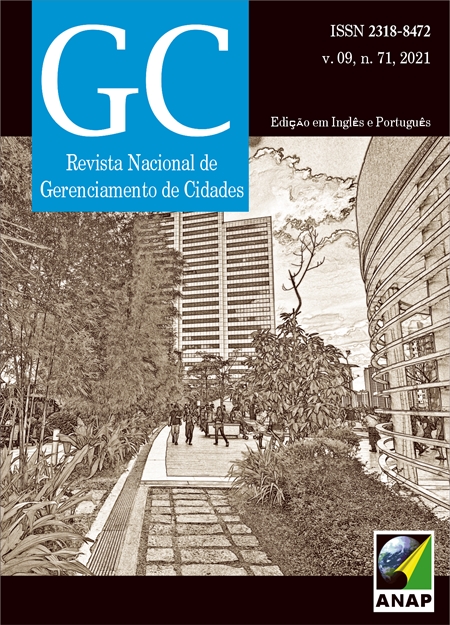Garden-district in the outskirts of São Paulo: Interlagos Satellite Spa-Town
DOI:
https://doi.org/10.17271/2318847297120212956Palavras-chave:
Garden-District. Satellite City. InterlagosResumo
A series of new districts appeared in São Paulo between 1915 and 1940, all inspired in the garden-city concept created by Ebenezer Howard. The City of São Paulo Improvements and Freehold Land Company Limited established some of them in the southwest sector of the city, near downtown: Jardim América (1915), Butantã (1921), Alto da Lapa (1921), Pacaembu (1925), and Alto de Pinheiros (1931). Other developers carried out land subdivisions inspired in the same garden-districts concepts, but in more distant areas. The following garden-districts were built in the southern area of the city: Chácara Flora (1928), Interlagos (1938), and Granja Julieta (1956). Unlike central garden-districts, the history of the outlying garden-districts was seldom or only partly studied. Given this scenario, this study aims to fill a historiographical gap on Interlagos garden-district, which was born as “Interlagos Satellite Spa Town”. Its form is such an important example of landscaping and cultural heritage that the district was listed as protected by the city heritage agency in Resolution nº 18, November 23, 2004, in view of the morphological and historical features of the original land subdivision. This study relies on an urban morphology cognitive study which, according to Rego and Meneguetti (2011), aims to expand the knowledge on the origins and explanations of that urban form. The study presents unpublished data on the district formation, taken mainly from a survey carried out in newspapers from the 1930s and 1940s.















